Traditional in a very unconventional way: Handley Page Heyford Mk.I
The Heyford by Matchbox is one of the early models I ventured over in my childhood. I still remember the joy of what was certainly anything but a first-class result. It was therefore a particular pleasure to be able to acquire one of these rare kits.
I would like to start by simply making a statement, the relevance of which may be pondered after reading pictures and information: I think that once you have seen a Handley Page Heyford in pictures, you will never forget its appearance and will always recognise it!
About the Handley Page Heyford
At the turn of the 1920s to the 1930s, a technical generation change took place in aircraft development that decisively influenced the shape of the designs of that time: open cockpits were exchanged for closed ones, the landing gears could now be retracted, self-supporting metal fuselages concealed the inner structure under their aluminium skin, which in fabric-covered constructions had still been openly visible under the stretched textile. Last but not least, thanks to decisive developments in aerodynamics, the monoplane became the standard.
If one analyses the appearance of the remarkable HP Heyford against this background, one thing quickly becomes clear: for all its unconventionality, this design is committed to the old way of thinking, it once again continues traditions that must already have been considered obsolete at the time of its first flight. How did this strange design come about?
In 1928, the United Kingdom invited tenders for the design of a bomber specifically to meet the need for a heavy bomber for night raids. The standard Vickers Virginia bomber of the time, a crude and uninspiring machine, could have been straight out of 1918 in terms of performance and design features. The replacement with a more powerful design was therefore urgently needed.
Nevertheless, the expectations for a new design seem to have been rather modest: the invitation to tender called for a payload of just 700 kilograms and a top speed of 185 km/h. However, there was an explicit and practical demand for features such as uncomplicated maintenance or an ergonomic layout that would allow the crew to perform on-board routines with little fatigue.
The major manufacturers participated actively. Vickers, for example, presented extremely conservative solutions with the Vickers Type 150 and Type 163. Looking at these prototypes, it is difficult to claim that decisive progress could be hidden behind them. At Fairey, the Hendon is being built. Here, however, things are different! Closed cockpits, aerodynamically clean engines and a similar chassis clearly point to the future. In fact, a good 60 models of this Heyford competitor were built, which were subsequently flown by two squadrons for several years.
The big winner of the tender, however, is the Handley Page Heyford! George Volkert, chief engineer at HP, presented a design here that managed to combine the tried and tested with an unconventional layout. The defining feature is the fuselage mounted on the upper surface, which raises the pilot's seat to a remarkable height of five metres. The lower wing, thus lowered to just below the ground, accommodates the bomb load in the thickened centre section. In addition, the landing gear fairings are aerodynamically favourably integrated into the wing shape in this area.
The two engines -here a whole series of engines with sounding names like the Napier Lion, Bristol Jupiter or R&R Kestrel come for testing- are located far above the ground, thus allowing the bomber to be loaded while the engines are running. The layout of the fuselage on the upper surface allows for efficient defensive armament: while the two open MG emplacements on the nose and the back of the fuselage are still conventional and to be expected, the lower defensive emplacement shows something unusual: by means of a rotating and, above all, lowerable "dustbin" weapon emplacement, a third Vickers MG is brought to bear.
Incidentally, a similar wing-fuselage layout was last and only seen on the Gotha G.I of the last world war years. However, George Volkert's engineering skills could also be applied to the most modern designs, as he proved a little later with two more famous bombers: the Handley Page Hampden and the iconic HP Halifax were also designed by Volkert.
At the beginning of the 1930s, however, the RAF was equipped with the new type. Delivery of the Heyford to operational squadrons began in 1933, and a total of twelve squadrons, and thus the majority of the RAF's bomber units, flew the unusual bomber. Although the Heyford was widely used, its service life was comparatively short. With the emergence of new types such as the A.W. Whitley or the Vickers Wellington, the type was considered obsolete by 1937 at the latest and began to migrate from the bomber squadrons to second line units. The Heyford's new field of application was found in the role of trainer, especially for the training of gunners, but it was also used for glider towing. Even after the outbreak of war, the Heyford continued to serve in these roles until 1941.
With such an unusual design, the technical key data are also interesting. The height of the construction has already been mentioned: the highest part of the Heyford reached 5.3 metres, while the length and wingspan were 18 and 23 metres. In the version shown, two Roll-Royce Kestrel II-S in-line engines each delivered 525 hp, which could accelerate the construction, which was not exactly light with an empty weight of 7.6 tonnes, to a top speed of 229 km/h. Up to 1340 kilograms of bombs were carried in the bomb bay and at outstations.
The crew of the Heyford consisted of four men: pilot and co-pilot were in the open cockpit, while bombardier and radio operator had to be active as gunners in alternating but extremely airy positions.
HP Heyford Mk.I, K3498
The Heyford Mk-I shown here was part of the 99th Squadron's "A" Flight in the mid-1930s, (appropriately) based at RAF Upper Heyford in Oxfordshire. The Mk.I still shows the two-bladed propeller instead of the later, rather rustic, superimposed four-bladed props of the later versions. Typical for this version are also the two generators on the upper surfaces, which were driven by the airflow. In later versions these had been replaced by an internal power source driven by the engines.
About the kit:
Nowadays you need some luck to find one of the old Matchbox kits of this strange biplane. I was lucky - and doubly so: after the original decals of the kit from 1980 were no longer usable, I found an exact and high-quality replica of these decals, which a Czech manufacturer was kind enough to offer.
The first hurdle was taken, the other special features that such a venerable kit demands from a modern model maker should also be a little effort, but not at all a hassle. The rather rudimentary interior was filled with appropriate details in the visible places - my thanks go once again to my invaluable etched parts scrap box! Fortunately, there are a lot of useful pictures from the Heyford, which make the interior as well as the exterior of the bomber comprehensible. Inspired by these sources, I made some refinements in the nose and cockpit area, but also in the prominent gun emplacement under the fuselage, including seat belts of course.
The only purchased details are the three Vickers MGs, these are from Gaspatch and are of the highest and most inspiring quality.
The narrow rear part of the fuselage was the most massive intervention in the original kit forms: after I found the representation of the fabric covering, in which quite prominently longitudinal stringers are visible, a bit too coarse or incorrectly designed, sandpaper and saw were used. First, the fuselage was sanded thinner on both sides by the thickness of two plastic plates. Then two polystyrene strips were glued to these prepared areas, which had previously had the "stringer" edges imprinted on them with the blunt tip of a biro. After everything was well glued, trimmed and sanded, a fitting overall impression was achieved - which of course made me happy considering the effort put in.
Of course, a model like this also requires effort in the representation of the bracing. Fortunately, I was able to draw on some experience in the use of profiled "aerodynamic" wire. The shorter lengths of wire are glued in pre-drilled holes, while longer sections are glued on one side only . In a subsequent step, the opposite loose ends are passed through a hole. Now the protruding piece of wire can be put under tension while the drilled hole is filled with CA glue. After curing, the protruding piece of wire is cut off. I usually wait a day before sanding the glued area, after which it can be repainted.
The effort required to build a Heyford in this way is apparently not a small one, but on the other hand, due to the solid quality of the parts, you get there relatively quickly. This is also to be understood as an encouragement to give these well-made kits the honour of actually being built!
Finally, I would like to return to the assertion I made at the beginning: can such a concise aircraft as the Heyford ever be forgotten?
Whatever the answer of the esteemed reader at the end of the text, one thing is certain for me after this project: not only will I easily recognise a Heyford at any time, but I will also remember the pleasure that one of these beautiful Matchbox kits can give. Both have a high and welcome nostalgia factor!
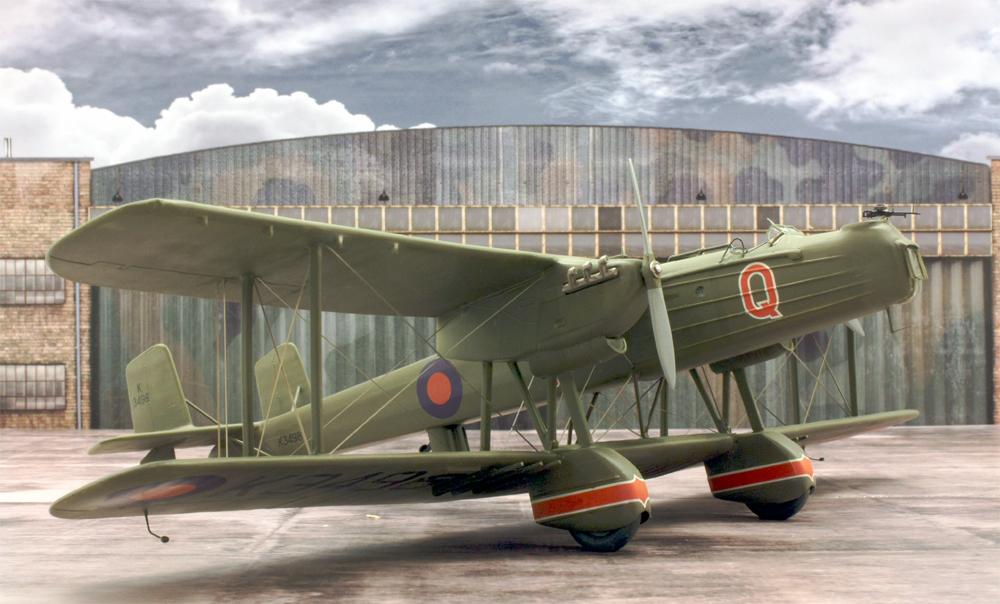

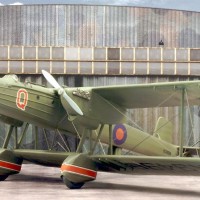
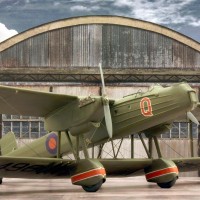
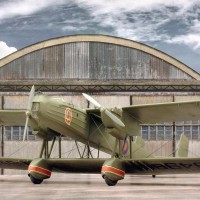
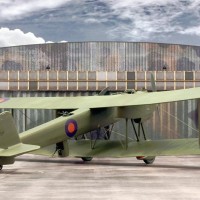
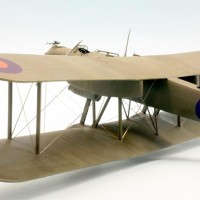
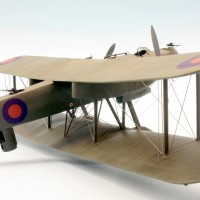
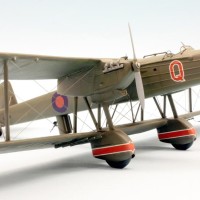
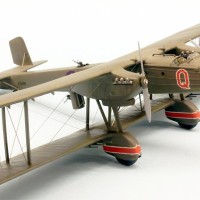
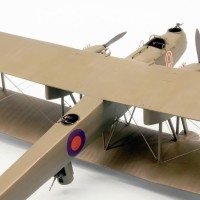
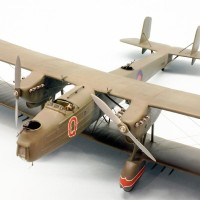
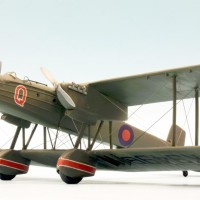
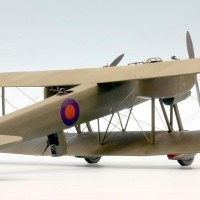

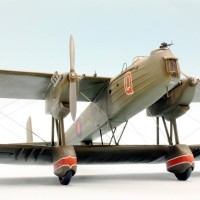

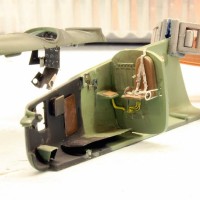
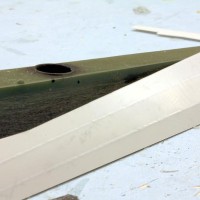
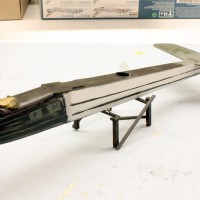
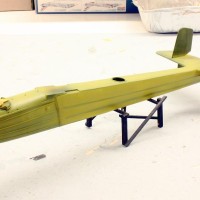
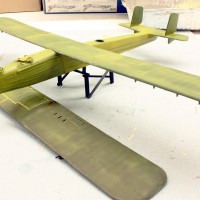
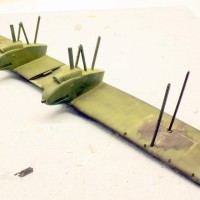
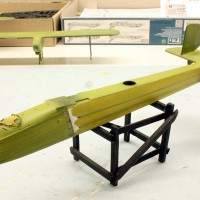
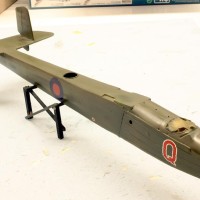
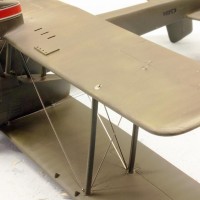
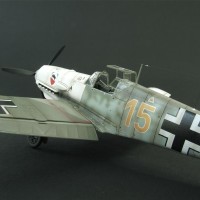
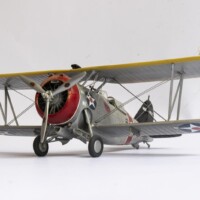
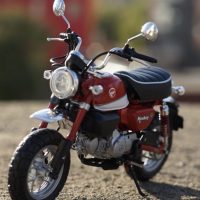
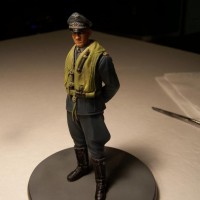
Outstanding job on this Matchbox classic! Remember it from the modelling magazines of the 80´s, proud master modellers bringing out the most of it. You did the same. Fantastic effort. Especially love the rigging, it really brings it all together. It does look heavy yet fragile in a way.
Another, professionally written article with a with a classic kit done to perfection.
Two thumbs up Roland,
Yeah, thumbs up in a big way. Impressive! Really enjoyed the article you wrote Roland @rosachsenhofer
Wow ! I love this build Roland , I saw this kit years ago sat on the shelf of a hobby shop and walked past ,if only I could go back in time and buy it...
You've done an amazing job.
Another wonderful result, Roland, out of a beloved but basic kit!
Love all the extras you added.
As usual the historical section was outstanding.
Thanks for sharing this remarkable build and equally remarkable story!
That’s excellent, Roland! I love that plane. I’ve come across these a couple times over the last few years but neglected to buy them only because I’m really trying to reduce the stash.
Superb quality build, Roland @rosachsenhofer
Breathtaking result on this old Matchbox kit.
Thanks for the history and building story.
Superb result on this model. You definitely "made the most" out of what was there.
Excellent history section, too.
Thank you Tom. Hearing from an author of your calibre that the story was well written is a special treat!
Amazing work, this is a great Heyford build!
Superb work . Well written article too.
I have 2 in my stash. The first one I got was so pristine in an immaculate box that I got a second one to build !
I’ll follow your article closely when I get to it.
The other one goes on eBay tomorrow !
Thanks for the posting.
Fantastic modeling!
Hello all! Reading your thoughts and comments on the Heyford has made my joy great and greater, I am really very proud that you like my realisation of the Heyford! Thank you very much for your kind feedback, you have truly motivated me!
Very nicely done!
Love it !
At that time, in the UK at least, Airfix was the top dog, but Matchbox brought out a great range of competitive kits, and you’ve really made the most of this one. Yet another very enjoyable post, definitely liked.
Excellent build and great article! I'd love to build stuff like this - if I only had the storage space for them...
Thank you all for these wonderful comments!
I built one of these in the mid 80's, and it's still alive, but in no way as nice as yours. I do have another, and a vacform kit as well. I did plans for an R/C version and in the course of that ended up with a file about 3/4 inch thick. I've always thought of it as an interesting airplane which was like many in that time period, overtaken by progress and technically obsolete as soon as it entered service. But how many ex-Heyford people formed the experienced core of Bomber Command?
What an intense and in-depth exploration of this fascinating aircraft!
Yes, the Heyford must have influenced a whole generation!
A beautiful model of a strangely attractive aircraft, Roland. Definitely up to your usual high standards. Like other commentators here, I have always liked the design of the Heyford. I think your narrative really focuses in on its most striking features, specifically the high mounted fuselage and the dizzying height of the cockpit above ground level when the plane is at rest. I love the detailing and finish on the model. Also, your photography with the hanger backdrop is positively cinematic. Is it a built miniature or a photograph?
Colin, I agree: the Heyford attracts a lot of interest and brings back memories for many - the wonderful Matchbox kit that has been around since our youth has certainly contributed!
The photo background is a flat board for the floor and for the back wall, both from the worth seeing offer of "Coastal Kits".